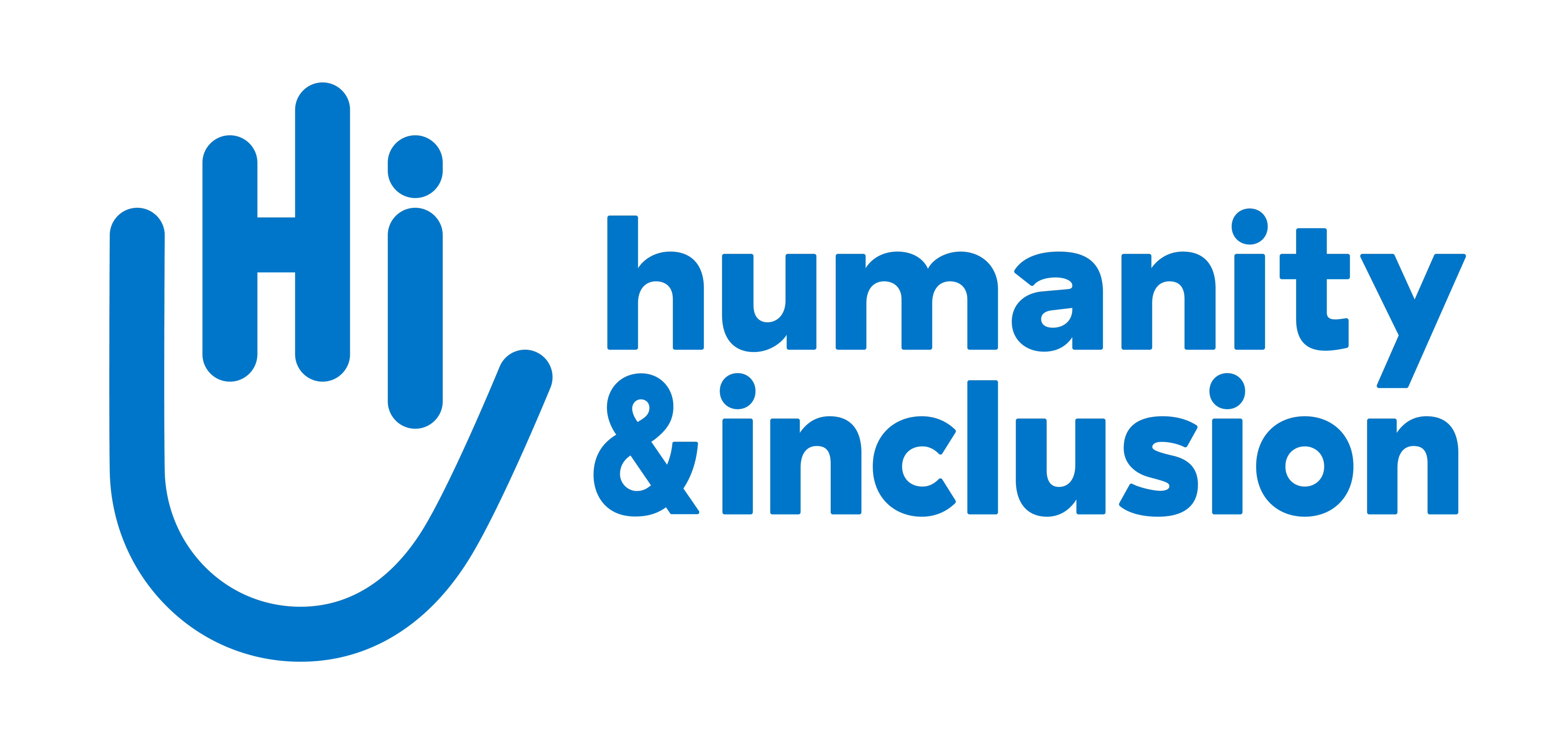Typhoon Haima in the Philippines: Handicap International assessing the needs of those affected
Typhoon Haima, the most powerful storm to hit the Philippines in three years, made landfall in the north of the country on Wednesday 19 October, displacing more than 90,000 people from their homes. Handicap International is travelling to the affected areas to assess the needs of local communities.

Guiuan city on the sea side, after typhon Haiyan in 2013 | © B. Blondel / Handicap International
The province of Cagayan, in the north of the Philippines, was particularly badly hit by Typhoon Haima, which has caused torrential rain and landslides, felled trees, damaged homes and destroyed electricity installations.
Many roads leading to affected areas are now blocked, and we still don’t have a complete picture of the impact of the typhoon.
The disaster will probably cause significant damage, particularly to farms, such as maize and rice fields. This is also the second typhoon to hit the province of Cagayan in a week, which will increase the vulnerability of the population even further.
Edith van Wijngaarden, Director of Handicap International in the Philippines
One of Handicap International’s emergency specialists is travelling to the affected areas to assess the needs of local communities, in conjunction with other NGOs, and is planning its response.
For the last two weeks, emergency teams have been working in Haiti, one of the poorest countries in the world, following the passage of Hurricane Matthew.
The organisation also launched a large-scale response to Hurricane Haiyan in November 2013, which affected more than 14 million people and caused more than 6,000 deaths.





